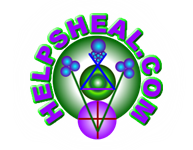I. VIEW ON CHEMO THERAPY FROM TOP ONCOLOGIST HIGHLY TRAINED IN CHEMO THERAPY. The link below is to a letter from Dr. Peter Eisenberg, Medical Director at California Cancer Care, an oncology practice in Northern California. A member of The Century...
Uncategorized
Cures Against Cancer and Lymphoma
https://youtu.be/k1VZ9OA7mJg Tomorrow on July 2 at 1245 I will be in Langley Hospital and going through an ultrasound biopsy which will last between 2 and 4 hours to discover the cause of tumors on many of my lymph nodes. It does not look like I have cancerous...
Protected: Earthing Gathered Info
Password Protected
To view this protected post, enter the password below:
